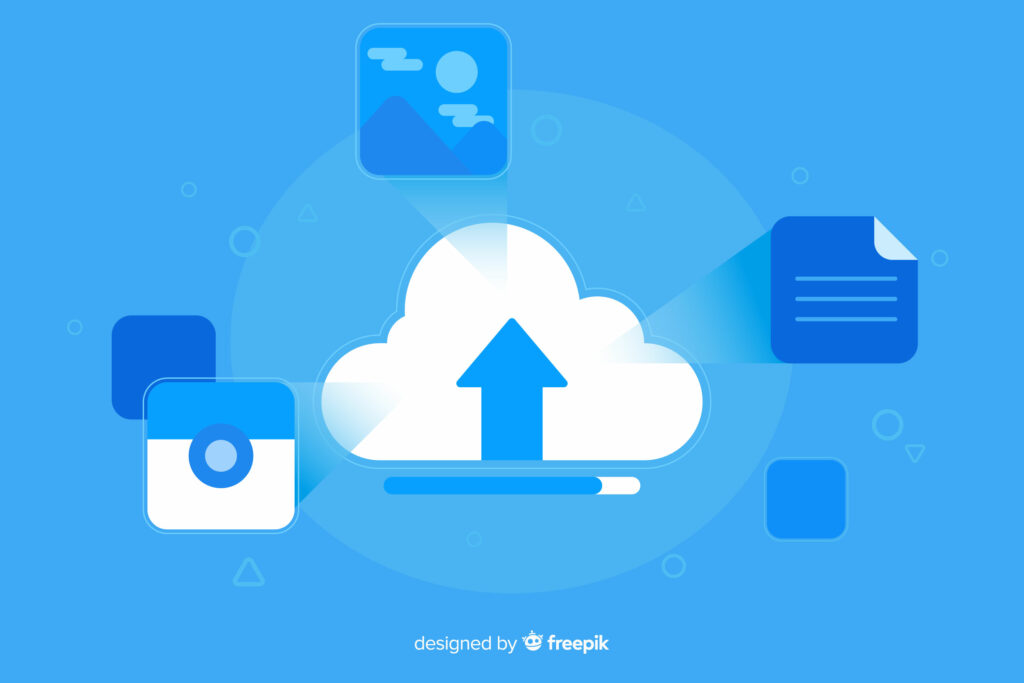
Online banking is convenient and offers many advantages over traditional methods. You can get paid through direct deposit, deposit checks from your mobile phone, and even pay with your credit card through your phone’s virtual wallet. However, it’s important to stay vigilant about keeping your bank accounts secure. Fraudulent activities can happen to any of us, but following these tips will help you keep your information safe. Otherwise, you may put yourself, your bank account, and your money at risk of being stolen or lost without the possibility of recovery.
Use strong passwords.
Use a password manager. A password manager is a tool that helps you create and manage passwords, so you don’t have to remember them all on your own. You can set up the software with different levels of security and even generate complex passwords for you, so it’s harder for hackers to guess or break into an account. Having strong password protection on your bank accounts, along with choosing a bank with an established KYC/AML compliance program, gives you the necessary security – and peace of mind – to know your bank accounts likely won’t be compromised.
Use long passwords with a combination of letters, numbers, and symbols. Strong passwords are harder to crack than short ones made up of simple words like “password” or “123456.” The longer the better–try using at least eight characters when possible (for example: JTtJc7#). If you’re having trouble coming up with something unique enough for each account but still memorable enough that no one else would guess it either (including yourself), try switching between capitals and lowercase letters randomly throughout your username/password combo; this way. no two logins look alike on the surface level, but users will still recognize their own password because of these small changes. Having a secure password system will maximize the security of your bank accounts.
Know what information you’re sharing.
Don’t share your personal information with anyone, as sharing personal data with untrustworthy sources can cause your passwords or other confidential information to be put into the wrong hands. In this worst-case scenario, this could lead to the unwanted loss of funds from your bank account or you being locked out of your account because your passwords were changed. Similarly, do not share personal information such as your credit card number, social security number, or driver’s license number to anyone unless necessary to share with your bank itself for transactional purposes. But in general, the safest rule is to keep this information to yourself. Having this information out in the public can bring a host of problems.
Beware of phishing scams.
Phishing scams are fake emails that appear to be sent from a legitimate company. For example, you might receive one saying there’s been a problem with your account and asking for personal information such as credit card numbers or passwords. These scams are designed to trick people into giving away their information so it can be used by criminals who commit fraud.
If you receive an email asking for personal information, don’t reply or click on any links in the message–this could lead you straight into another scam! If you’re unsure whether an email is genuine (or just want peace of mind), contact the company directly using their official website address rather than clicking on any links within the body of the message. Falling for these scams can create even more AML challenges than already may exist.
Be careful when using public Wi-Fi networks.
Make sure to use a virtual private network (VPN). A virtual private network (VPN) is a secure way of connecting to public Wi-Fi networks, as it encrypts all of your data and protects it from being intercepted by third parties. This can be especially useful if you’re using a public or shared network that isn’t protected by passwords or other security measures.
Additionally, try to avoid public Wi-Fi networks whenever possible. While some banks do offer mobile apps that allow users to access their accounts on these types of connections, they are still not as secure as accessing them through cellular data networks like 4G LTE or 5G – therefore, public networks should ideally be avoided at all costs.
Look for secure websites.
Look for websites that look like “normal” sites you’ve seen around the web. Good signs to look for include having an “s” in https, a green padlock in the browser’s address bar, and an image of a closed lock next to the web address (URL). This latter sign means that your connection with this site is secure and encrypted. You can also check if it’s an authentic site by looking at the website name. If a domain name seems off or unfamiliar, do some research before entering any personal information on the page. Spammy websites may also ask you to denote if you’re “not a robot” but pressing these unfamiliar buttons can actually cause more harm to your computer – including placing viruses on your digital device. In regards to banking specifically, the best approach is typically to only go to the website that is listed on the bank of your debit or credit card; this way, you know it is the official, secure website of your actual bank.
The importance of banking security
The importance of banking security measures when it comes to keeping your money safe and sound can not be underestimated. In this age of digital transactions and online banking, convenience is king, but it also means we need to be a bit more mindful about protecting our hard-earned cash. By having solid security measures in place, banks not only make sure your money is safe, but they also protect their own reputation and financial stability. So, in a way, it’s a win-win for everyone. But also do not forget that when navigating your own online banking matters, be mindful of keeping your passwords safe, know what information you’re sharing, and look for secure banking websites.
As we all navigate this digital landscape, with ever-smarter cybercriminals out there, being smart online while keeping your assets secure remains a top priority. After all, trust in the financial system is what keeps us all moving forward.
Featured image by Andy Kennedy on Unsplash
The post Best Ways to Have Secure Banking and Prevent Fraud appeared first on noupe.



